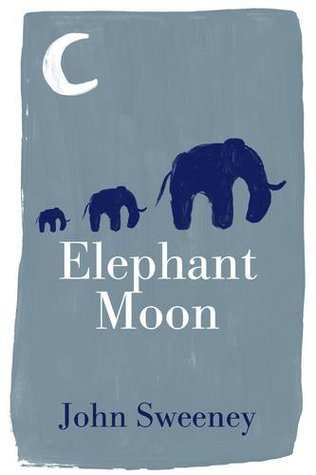Download links for: 1913 - Der Sommer des Jahrhunderts


Reviews (see all)
Write review
Great broad introduction to the major artists of that time in a very engaging way
Savdabīga vēstures grāmata, kas lasās kā modernisma romāns.
Etwas zu viel "showing off" des Autors, aber ganz unterhaltsam.
Äußerst kurzweilige Rückschau auf unsere Gegenwart.
On November 20, Kafka went to the cinema and wept.
Other books by History & Biography
Other books by Florian Illies
Related articles













